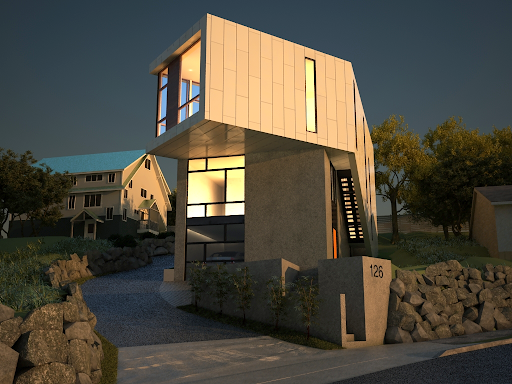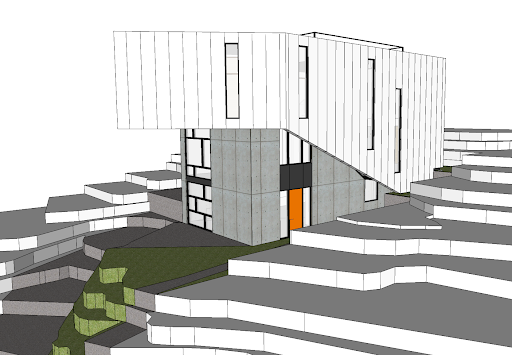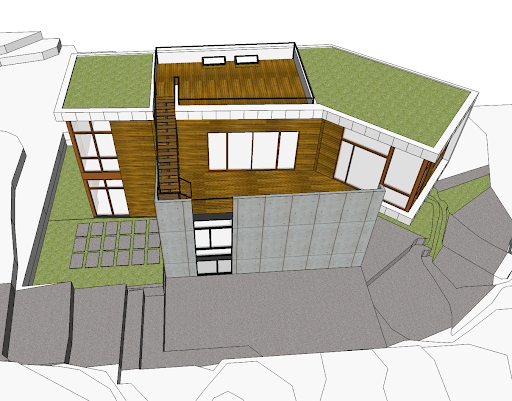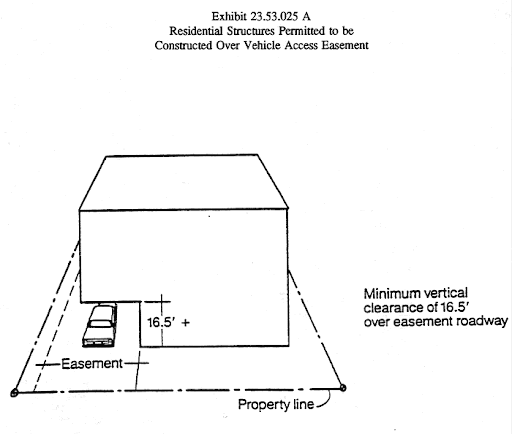This post is the next in my catch-up series, describing the process that brings us to today.
After we got the land purchase under agreement, the real work began. The challenge in doing an all-in-one construction loan is that a remarkable number of steps needs to be completed before you can be certain that the loan will close. You need to:
- Design the house; not completely, but to the point where a general contractor will offer a hard or not-to-exceed bid (the latter is a bid to charge for time and materials, plus a guaranteed maximum). This generally means that structural engineering will need to be completed, and allowances for finishes agreed on.
- Choose a general contractor, and get a signed contract. The GC must also be vetted by Washington Federal and meet their requirements.
- Submit plans and the signed contract to the bank. The bank orders an appraisal, and IF the appraisal exceeds what you're paying for the house, you're good to go.
The unfortunate part is that you spend a fair bit of money to get to the point where you know the house can be built. In our case, we also decided to apply and pay for Seattle building permits before this process was completed, so that the construction wouldn't be delayed. It all worked out, but it can be uncomfortable to take on that risk. Anyways, in our case we quickly set to work creating an initial design with PB, and interviewing general contractors.
It became clear from our interviews with GCs that our budget per square foot was significantly lower than all of them were used to. In fact, several large and well-known Seattle-area builders simply told us no once we informed them of our budget. Others said it was possible, but that we would need to make significant compromises. PB assured us that they had built many houses on our budget. In the past PB was a design/build firm that built most of their houses themselves; after the economic collapse, however, they became a design-only firm. They referred us to several small GCs (often just one person) that they had worked with successfully in the past on low-budget projects, but I was much more comfortable using a construction company that was "google-able."
In the end we got initial bids from just two GCs, though both were quick to point out that their bids were rough since the design wasn't complete. On the basis of those bids and interviews, we selected
Logan's Hammer, and we really look forward to working with them. Logan's already had relationships with both Washington Federal and PB, great references from former clients, and experience building lower-priced houses (including spec townhouses).
Even though Logan's was great in getting costs under control, we still had to make a number of compromises in the initial design to get under our magic number. We cut:
- The green roof. Our plans call for (and still call for) a modular green roof system in roof areas without decking. We had to cut it, though I plan to hopefully be able to purchase that system in 2011. The roof is still engineered to handle the load.
- Several of the higher-end green features. I wanted spray-foam insulation plus a heat-recovery ventilator. Alas, it was not to be.
- We have in-floor radiant heat throughout the house, but originally we wanted the bamboo floor to be placed over a Warmboard layer. It was just too expensive, so the heating tubes will be stapled up under the sub-floor. (Only the second floor will be bamboo; the rest are sealed concrete.)
- Since our living/dining/kitchen is going to be on the third floor, we wanted a dumbwaiter. Once we saw it cost $11,000 installed, it was quickly cut.
- Our window bids came in way too high (we have a lot of floor-to-ceiling windows). So, we had to cut the window coverage by roughly 25%.
After all that cutting, we managed to get a budget that Logan's would sign off on, and delivered the paperwork to the bank. Amazingly, the appraisal came in about 25% over what we are paying, and the loan was approved! Though I'm skeptical that we will have that much "instant equity" upon completion, it was a great relief to hear that we made good choices in our location and design.
In the next post I'll present our design.

















